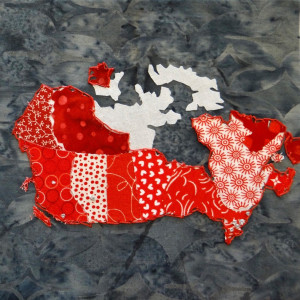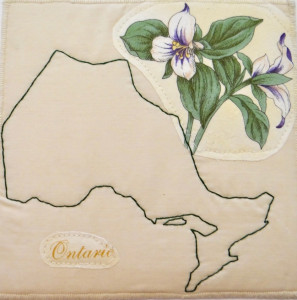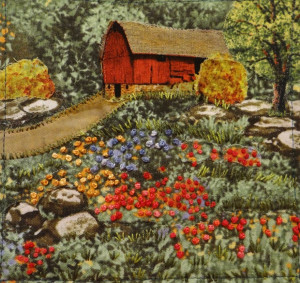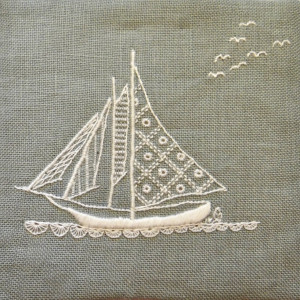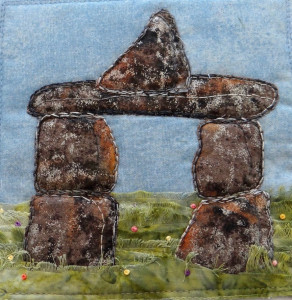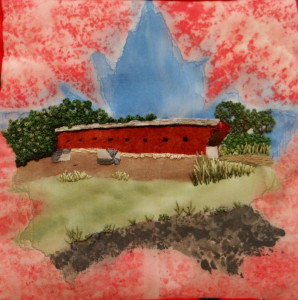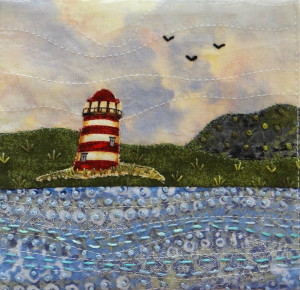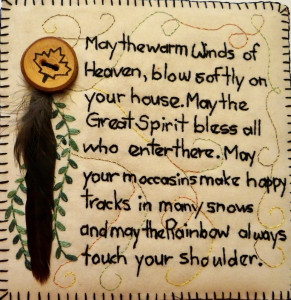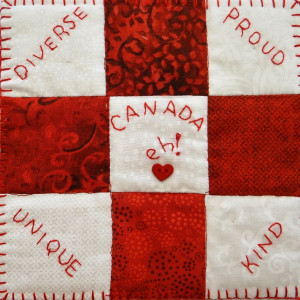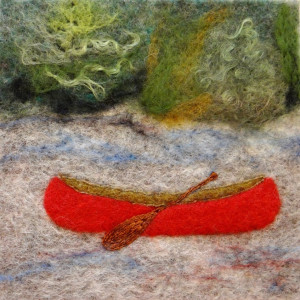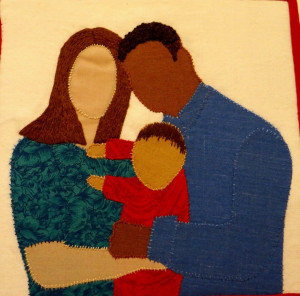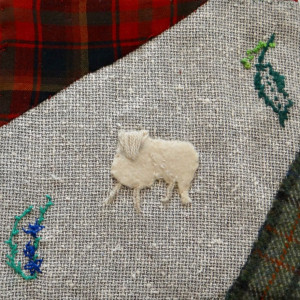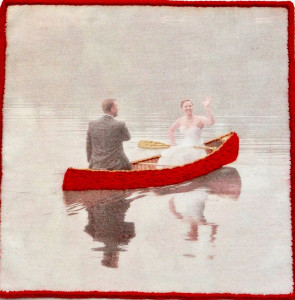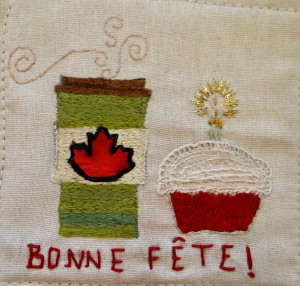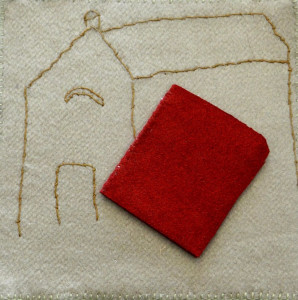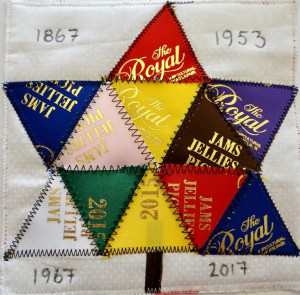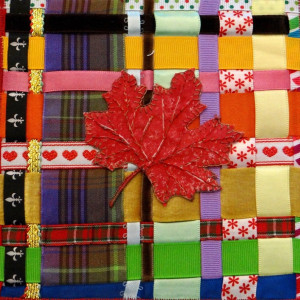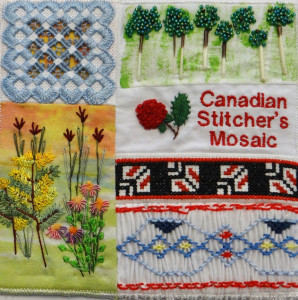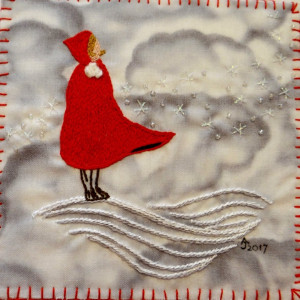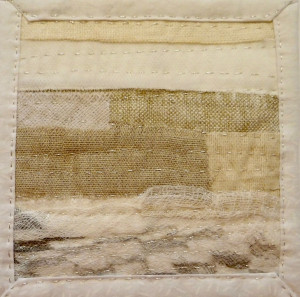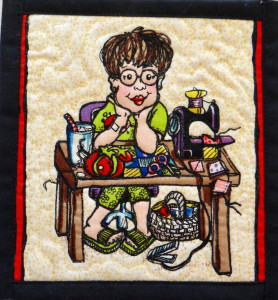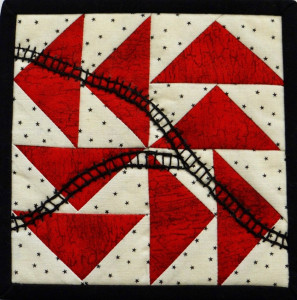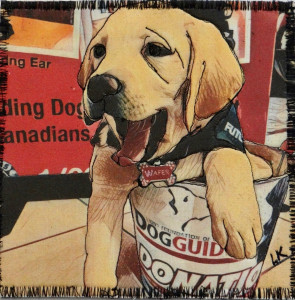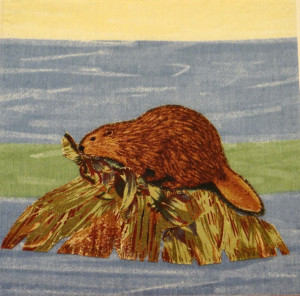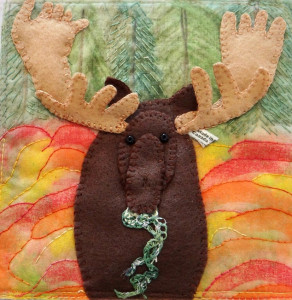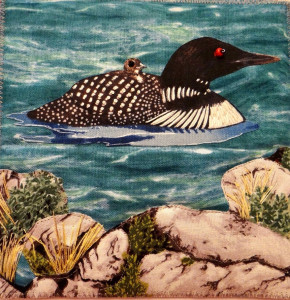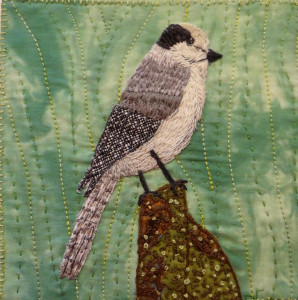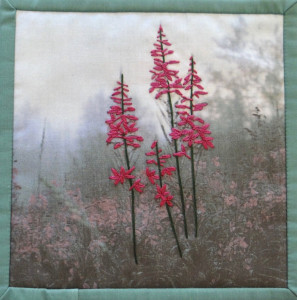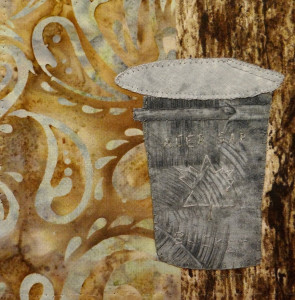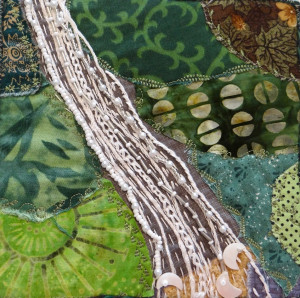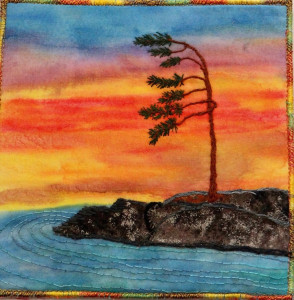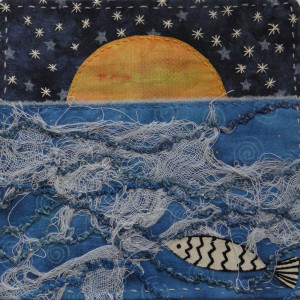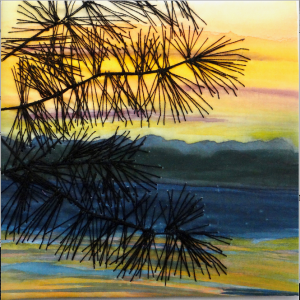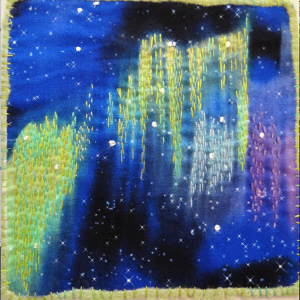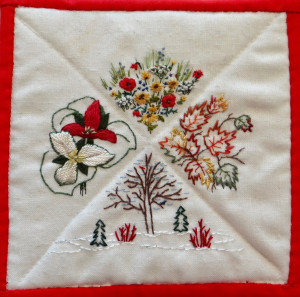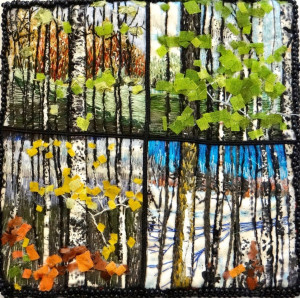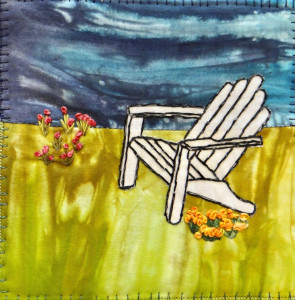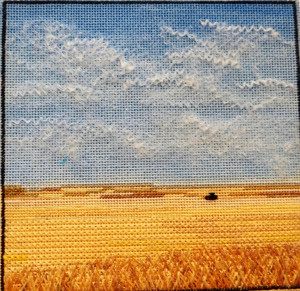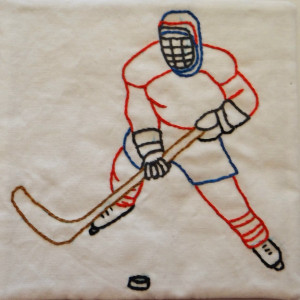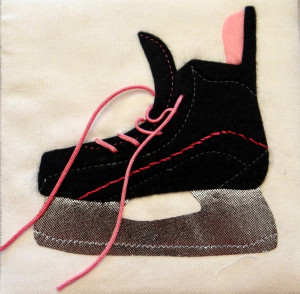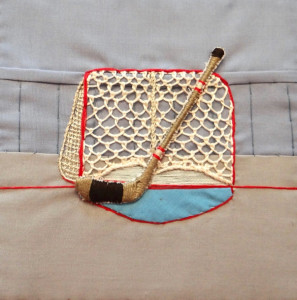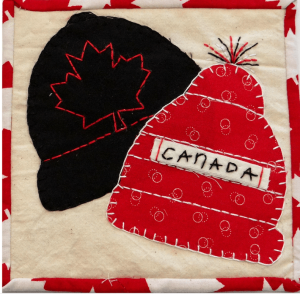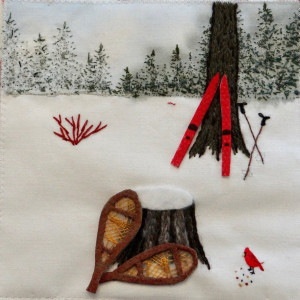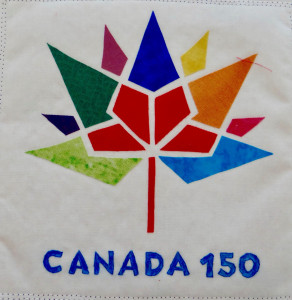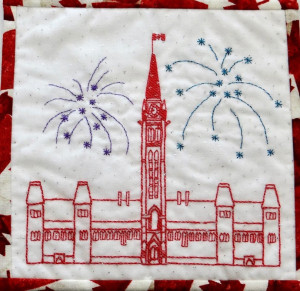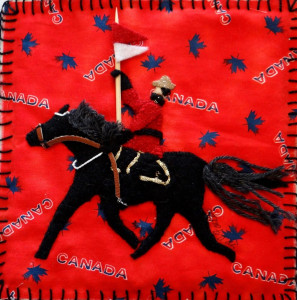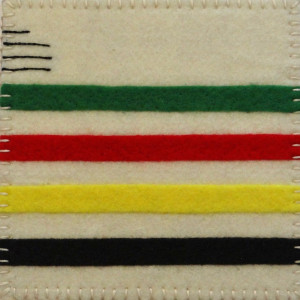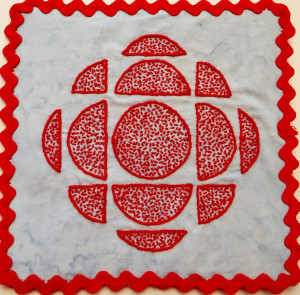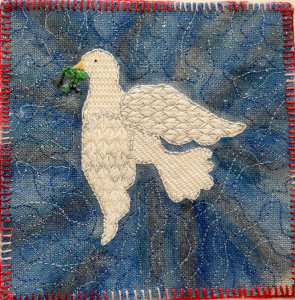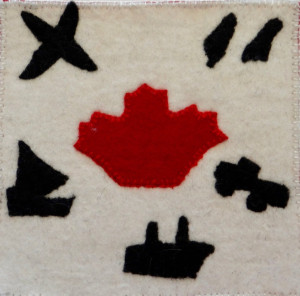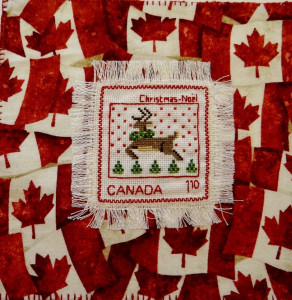The wind direction changed allowing the Norman armada to sail. On September 29, 1066, Duke William with his army, equipment and a multitude of horses landed in Pevensey Bay on the south coast of England and then moved east to the area of Hastings where they set up camp. They built defenses plus a castle and burned the buildings of local residents. Here is shown a woman leaving her burning house with her son. She is one of only three women depicted in the tapestry
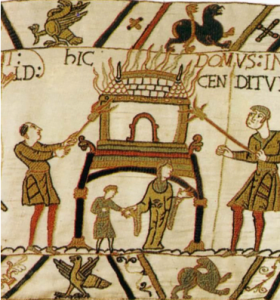
The Norman army settles in. Food is prepared and Duke William has a feast. Bishop Odo, William’s half brother, is seated third from the right and is saying grace. He was also present at the Battle of Hastings. His religious vows prevented him from shedding blood so he was armed with a mace which is a good bludgeoning weapon. It was he who, about 20 years later, commissioned the creation of the Bayeux Tapestry. As general literacy was not then established, the story in pictures is thought? to have been commissioned to educate and justify Dukes William’s actions to the Saxon population of England. They were not happy with his succession to the throne and there was civil unrest for 10 years or longer subsequent to 1066.

Note the features of the two men setting fire to the house in the first picture. Take a look at the faces of the Normans at their feast. Bishop Odo is recognizable each time he appears in the narrative. I am not sure which one is Duke William. Possibly, he is the one on the right hand side of the picture with his arm raised.
A little out of context but look closely at this rendition of King Edward in the picture below. Note the details such as his beard and hands. Look at his crown and his clothing. He is recognizable as the same person each time he appears in the narrative. Faces are difficult to stitch as anyone who has tried will know. Not only is King Edward recognizable but he also has a personality.

Amazing design and amazing stitching. The Bayeux Tapestry has been repaired over the years as the threads have disintegrated over time. Even though it is now housed in a climate controlled gallery, the fabric is very fragile. I have read that its length was designed fit all round the entire inside of Bayeux Cathedral. There is an empty space at the end which gives an idea of the length of the uncompleted portion.
I have read extensively about the Bayeux Tapestry and related history. Every source says something different. I have aimed for accuracy but it is hard to know what ‘accurate’ is.
Tomorrow: October 14, Battle Day.





